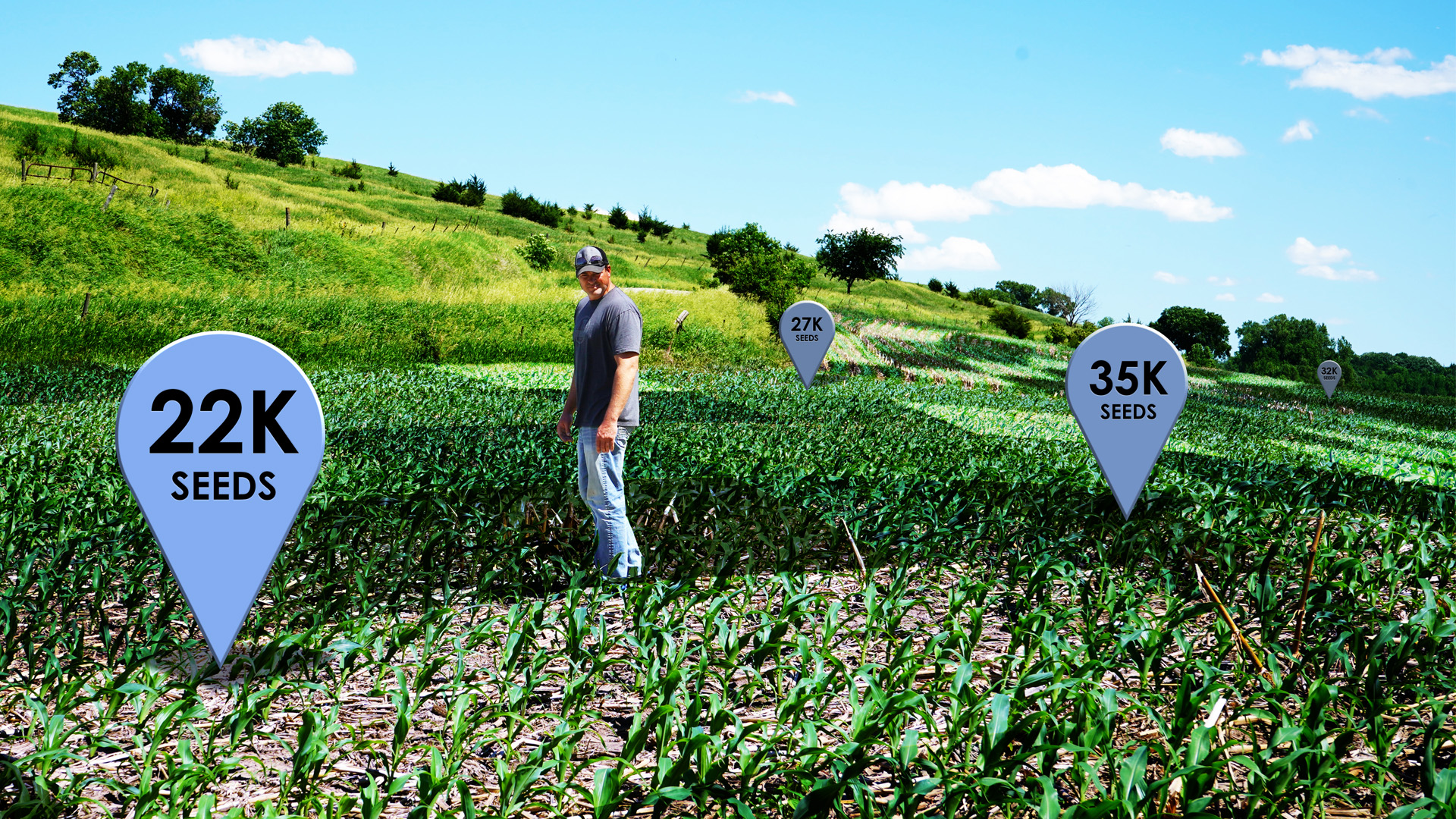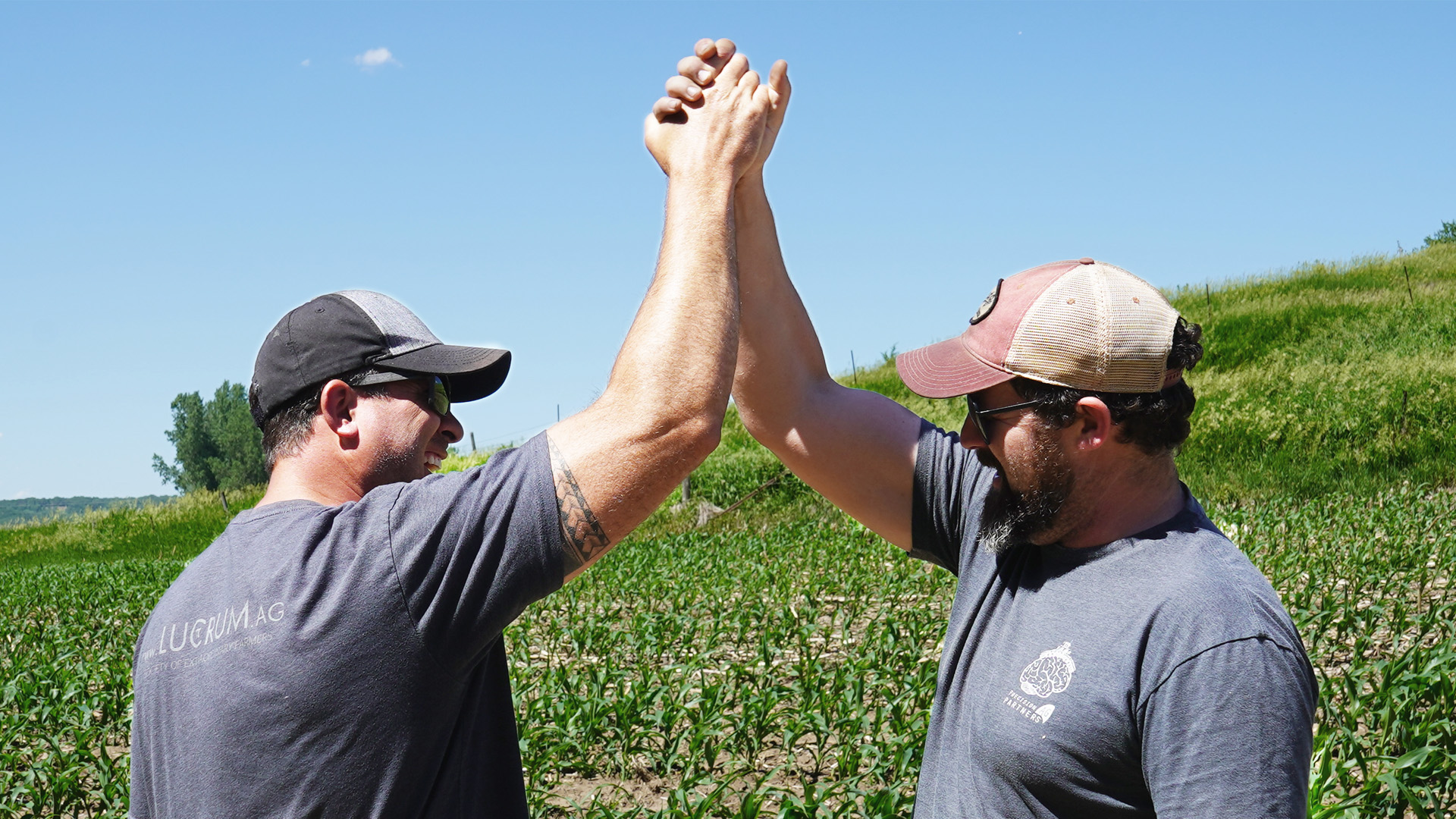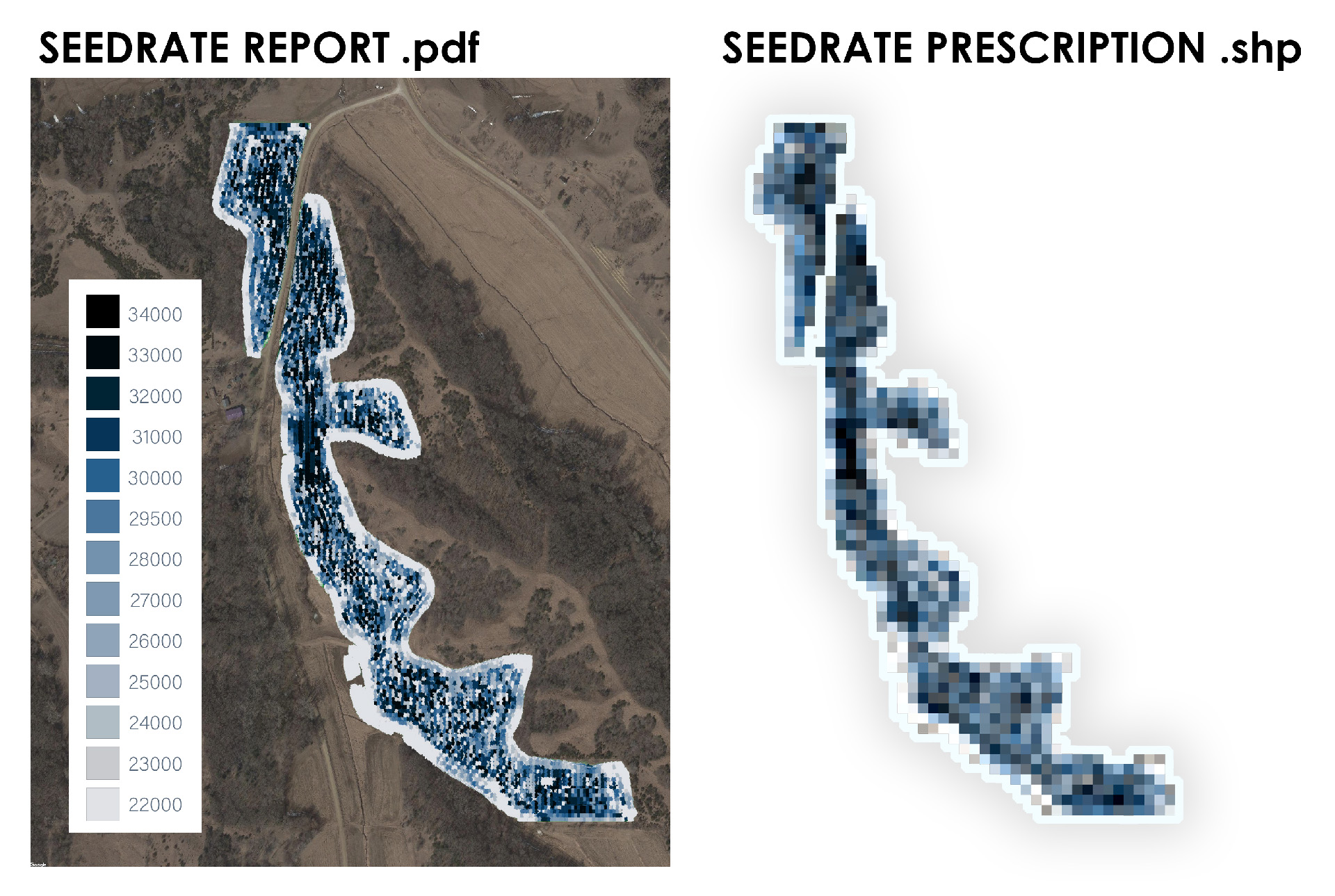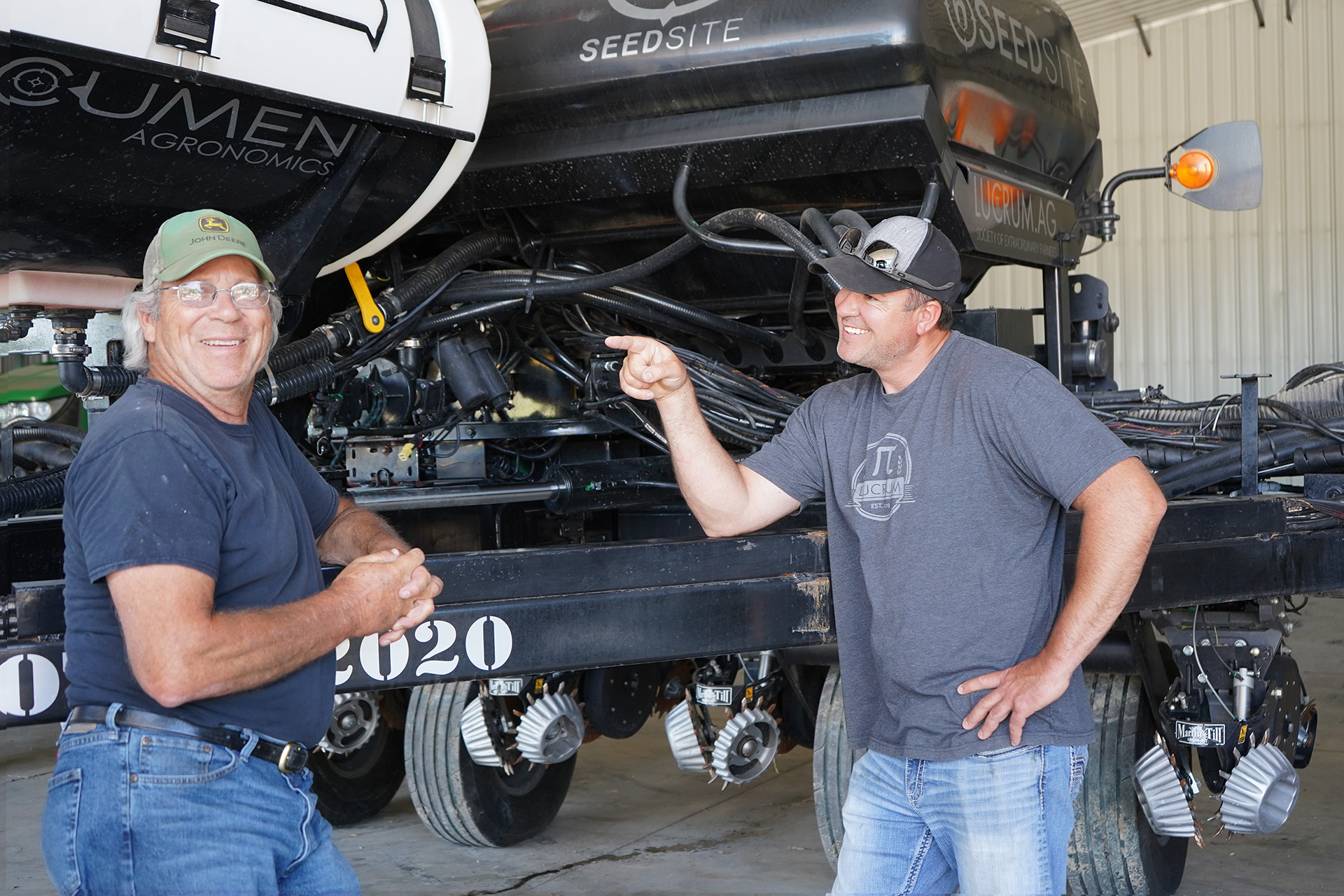
Chris Johnson
Chris’s father, Scott Johnson has been farming in the loess hills of southwest Iowa, near Moorhead, since 1975. By the time Chris came back to farm in the fall of 2008, Scott had already implemented some precision ag technology. They had started utilizing GPS & yield mapping as well as row shutoffs. But the question became, what technology was going to provide us with reliable ROI?
Just Like Row Shutoffs…
Instant ROI!
The pair agrees that out of all the precision agriculture technology they have implemented over the years, row shutoffs seem to be the primary tech that growers could point to for instant return on investment. Scott estimates they saved at least 10% on seed as soon as they implemented them, not to mention the removal of the yield penalty for crossed rows.
Chris met Steve Killpack, a precision agronomist and a founder of SEEDSITE, years ago when looking at other precision ag tech. As an early adopter, Chris likes to compare the SEEDSITE seeding optimization technology to row shutoffs because they have a similar ROI factor. Most customers can immediately cut 10% off their seed bill without sacrificing yield!
This is Never Gonna Work…
“We’ve been doing seeding optimization for about 4 years now, but everyone wasn’t on board right out of the gate. We first starting on a subset of our ground, specifically about half the acres I was responsible for, to test out the technology,” said Chris. “Besides dad, I had several folks who seriously doubted what we were trying to do. But, I felt quite vindicated in that first year, when I was able to return 30-35 units of seed.”
Chris recalls that in year two, Scott was planting some of Chris’s acres using the seeding optimization Rx and noticed the population dip down to 27K. He called both Chris and Steve on the phone, and said “This is never gonna work…this is gonna be a trainwreck!” Then he shut off the Rx and continued planting a traditional flat rate. “How can you reduce population and get any kind of yield?” said Scott.
Come to find out, those seeding optimization Rx’s did pay off and Chris was able to return 60 units of seed! And all without sacrificing yield. Now Scott was finally convinced.
But It Just Keeps Getting Better!
The Right Population for the Right Location
After reviewing the seeding optimization Rx maps, Chris said, “If you knew the field, you could see that the prescriptions correlated with the areas that were always low yielding, no matter what you did.”

Now we have the technology to place the right population for the expected outcome. Steve says “All we are doing is mapping out the carrying capacity of the soil. It doesn’t do you any good to plant for an expected yield of 250 bushels when it can only produce 150 bushels in that area.” Scott says “We were doing that 25 years ago with 18,000 plants…in 40 inch rows!” But the reality is that everyone has those areas that have specialized needs to be addressed and we have not taken care of them yet. We might as well plant the population that the soil can currently support.

Easy to Upload, Easy to Download, Just Plain Easy to Use!
Scott mentions, “Early on in this, Steve was handling a lot of this stuff…manually entering the data and generating the prescriptions for us. One of our concerns was, are we going to be able to implement this effectively?”
But now that everything is automated through SeedSite (with the help of the Acumen Engine) we can just upload our latest yield data and the system generates variable rate seeding prescriptions automatically. All we do is move the data back and forth from the monitor.

Another exciting thing is that it seems like we are moving away from pushing populations higher and higher with the idea that we will also be pushing yields. Now it is exciting to see just how low you can get that population and still produce the same results.
“Each year, we refine to drive our input costs lower,” Chris says. “It’s not the type of thing where you run this once and use it for the next 20 years.” But we project that we will be at a 20% savings from our original average by next year, planting an average somewhere in the 27,000 range. We can reallocate those savings into fertility, irrigation, etc. and then refine our seeding rates as we adjust our lower performing areas. It’s kind of a “no-brainer” when you see how effective this can be!


